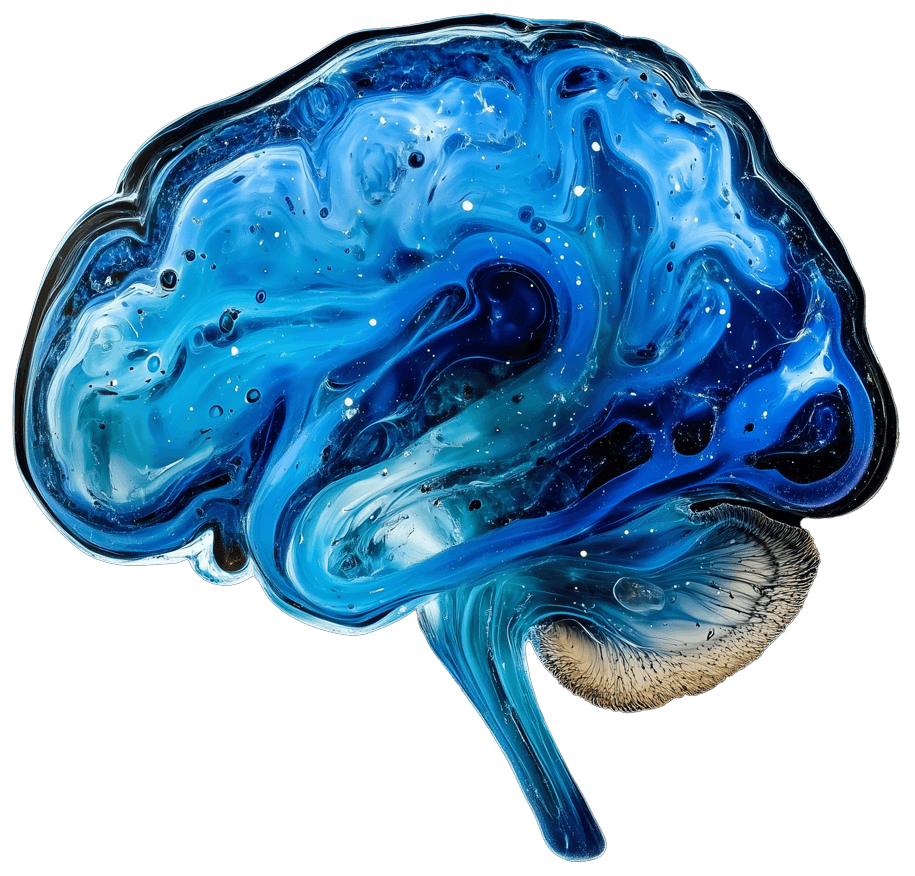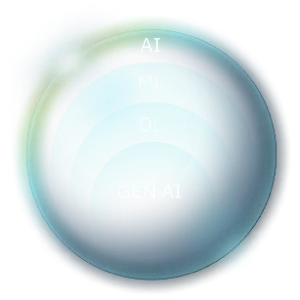With so many tech terms floating around in the world of artificial intelligence, it can all be really confusing.
What is Machine Learning? How does Deep Learning fit in? And what about Generative AI?






Let’s begin by defining intelligence.
While it can mean many things, we often think of it as the ability to learn, understand, and reason. In the context of AI, we aim to replicate these abilities in machines.

Artificial Intelligence (AI) is the field that aims to create computer systems capable of performing tasks that historically required human intelligence.
The goal of AI is to simulate or even exceed human intelligence using technology.
AI involves developing algorithms and systems that can perceive, reason, and make decisions like humans do. It includes various techniques such as machine learning, deep learning, and natural language processing, which enable computers to perform tasks like recognising speech, making decisions, and identifying patterns, which were previously only possible for humans.

Machine Learning is exactly what is sounds like.
The machines learning from machines
It’s a subset of AI where computers learn from data without being explicitly programmed.
It involves using algorithms to analyse patterns in data, allowing the computer to make predictions or decisions based on new information.
For instance, it can spot unusual behaviour in cybersecurity, helping to identify potential threats based on user activity.
Where is it used?

Deep Learning is a more advanced type of machine learning that uses neural networks, which are designed to mimic how the human brain works. These networks have multiple layers, allowing them to process information in complex ways.
However, like human brains, deep learning can be unpredictable, and sometimes we can't fully understand how the machine arrives at its conclusions.
Deep Learning has led to significant advancements in areas like image recognition, natural language processing, and speech recognition.
Where is it used?

Generative AI is an innovative technology that empowers computers to generate original content including text, images, and even music. It has become one of the most exciting and talked-about areas in the field of artificial intelligence at the present time.
What are foundation models?
A big part of Generative AI is something called "foundation models." One example is a large language model (LLM). These models learn from lots of information and can predict what comes next based on what they’ve learned.
How does it work?
Just like when you start typing a message on your phone and it tries to guess the next word you want to write. That’s similar to how these models work!
Instead of guessing just one word, large language models can predict entire sentences, paragraphs, or even whole documents. They can also create audio and visual content, making them super powerful.




